
Meet the Phaidon Kids illustrator - Sonia Pulido
The acclaimed Barcelona-based artist behind Phaidon’s Shell and Superpowered books always tries to get a family member – animal or human – into her illustrations.
Sonia Pulido loves rediscovering books from her childhood in old shops, their pages discoloured and crinkly and given a new look by the passing years.
Born in 1973 in Barcelona, Spain, this distinguished illustrator is renowned for her vibrant and symbolically rich artwork. She earned her degree in Fine Arts from the University of Barcelona and in the years since, her illustrations have graced the pages of numerous esteemed publications, including The New Yorker, The New York Times, The Wall Street Journal, The Boston Globe, and Variety.
Her collaborations extend to prominent Spanish media outlets such as El País and La Vanguardia, and beyond her editorial work, she has contributed to projects for organisations such as Oxfam Intermon and the Bentonville Film Festival.
That work has also earned her multiple awards from the Society of Illustrators, including a Silver Medal for La Campana de Cristal, an illustrated edition of Sylvia Plath's The Bell Jar, and an Institutional Gold Medal for her La Mercè 18 poster in 2019.
Pulido is also the illustrator of five Phaidon Kids books: Shells... and what they hide inside, What a Rock Can Reveal, What a Shell Can Tell, Superpowered Animals, and Superpowered Plants.
In 2020, she was honoured with the Premio Nacional de Ilustración by Spain's Ministry of Culture, and since then she's been involved in teaching at various art schools in Barcelona, sharing her expertise and passion for illustration with aspiring creatives and nurturing the next generation of artists.
To celebrate 20 years of Phaidon Kids, we’re talking to a number of the illustrators and authors behind our brilliant children’s books. Once you've read our interview with Sonia, take a look in the Phaidon Kids store and check out more of her work at SoniaPulido.com.
Can you draw us a self portrait?
Yes I can!
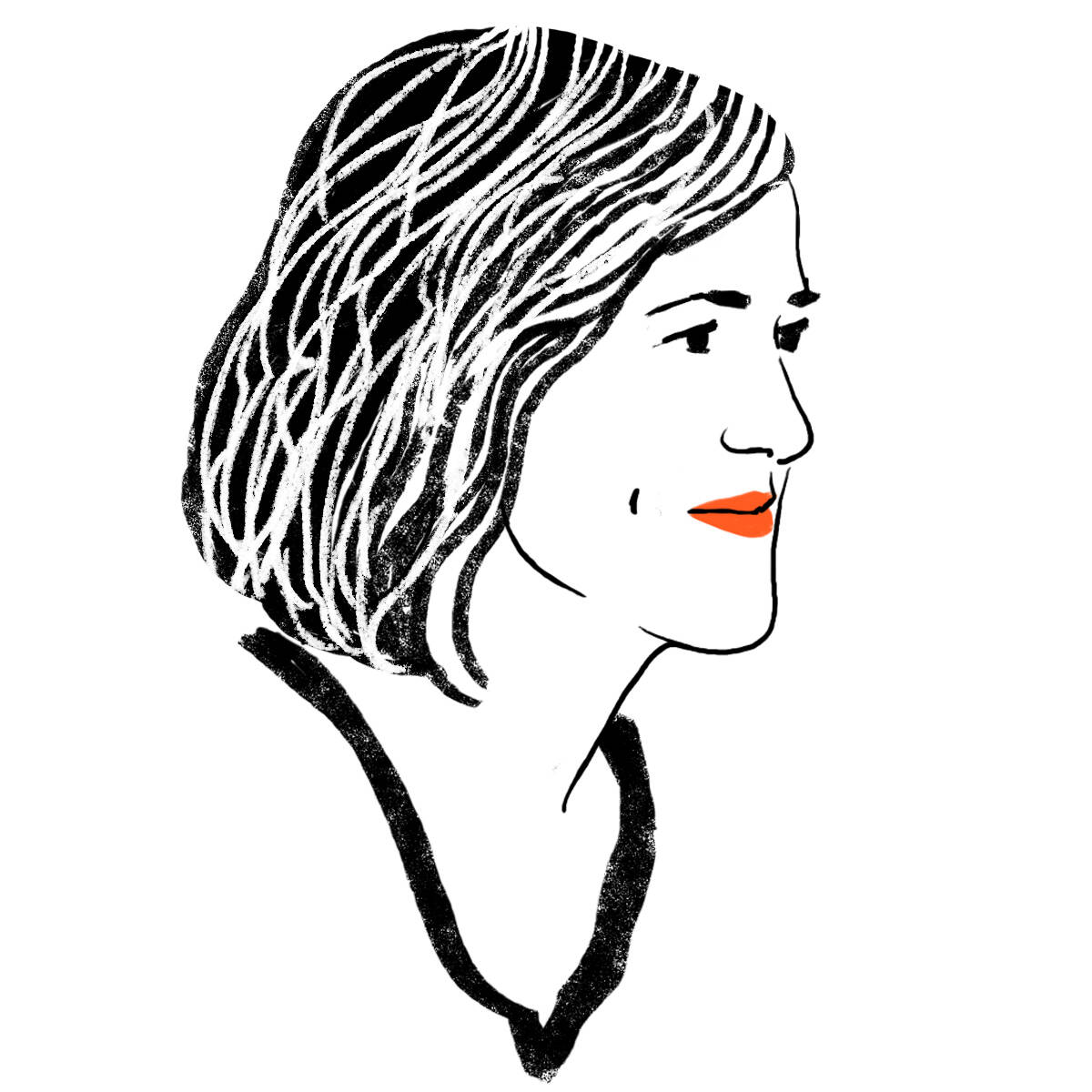
How have the books you read as a kid impacted your work today? I remember being fascinated by the illustrations in the books I had at home. There weren't too many, so I looked at them again and again. They seemed to me like they were showing beautiful worlds, full of characters and details. I love going to second-hand bookstores and finding old, illustrated books. I like the colours, even if the printing is a bit rough sometimes. I love how the passage of time affects the paper.

Is there one little thing you will always try to sneak into an illustration? Whenever I can, I like to draw something that belongs to my private or family sphere. In both What a Rock Can Reveal and What a Shell Can Tell you can discover our daughter. In Superpowered Animals the cat is Betti, our cat.

What did you draw as a kid? I drew everything, like all kids. But I especially remember a drawing from when I was very little, I must have been four or five years old: A bunch of semicircles, drawn with one of those transparent plastic angle protractors, as if they were igloos, full of little people.

Were you formally trained? Is there one thing you learned early on or at college that you still rely on today? I studied fine art, but illustration was not a big part of my major. I majored in printmaking and engraving. But we were a group of students that were very interested in illustration, and it was great to share projects, discuss processes, and share doubts. I really like that part, where a lot of people are talking, sharing, working to move something forward. It was also very important to try and make mistakes. The professors gave us space for that. Not everything has to come out the first time, that’s the importance of sketches.
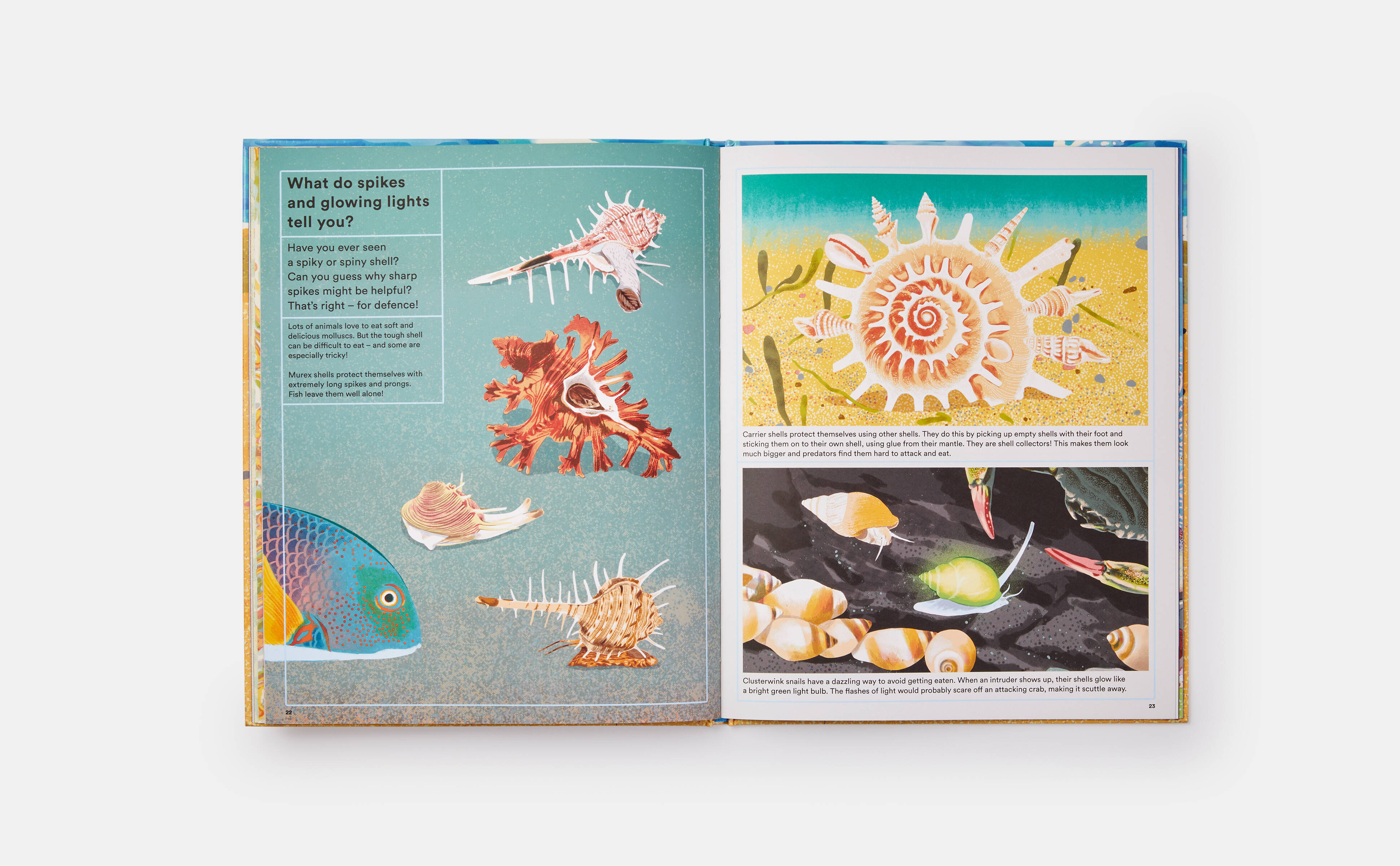
What do the best illustrators do, in your opinion? Those who manage to catch your eye and make you think that what they have done is simple, when actually it is not.

Why books? What do they offer that other mediums do not? I love books. I love to read. Reading is something intimate, private. And you can always re-read and find new things.

Tell us a little about your Phaidon books. I think the most challenging one was What a Shell Can Tell, because of the quantity and complexity of the illustrations. In both Superpowered Animals and Superpowered Plants, the illustrations are seemingly simpler, although I play with some symmetry and more ornamental elements. Just because of that simplicity, the illustrations have to be visually very attractive.
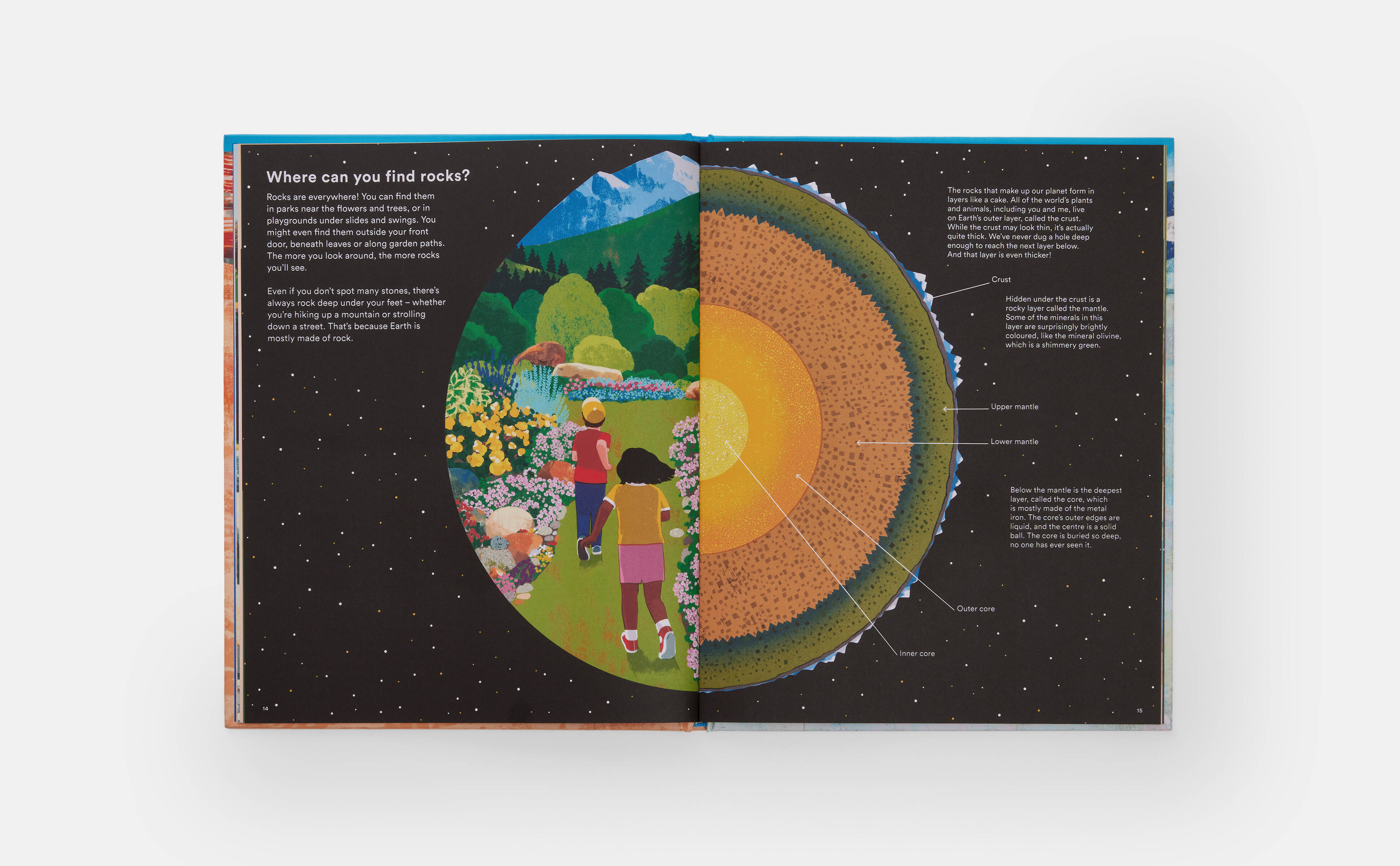
What are the things kids tend to notice in your illustrations? I think children spend more time looking at an illustration if it catches their attention. This attention allows them to notice the small details, the actions, the little nuances that are in an image. Colour can serve to catch the eye. Perhaps children may accept unconventional elements more easily, unlike adults, where “the gaze” is governed by much stricter rules. Colour encourages the playfulness of the image, and children approach illustrations also through play.
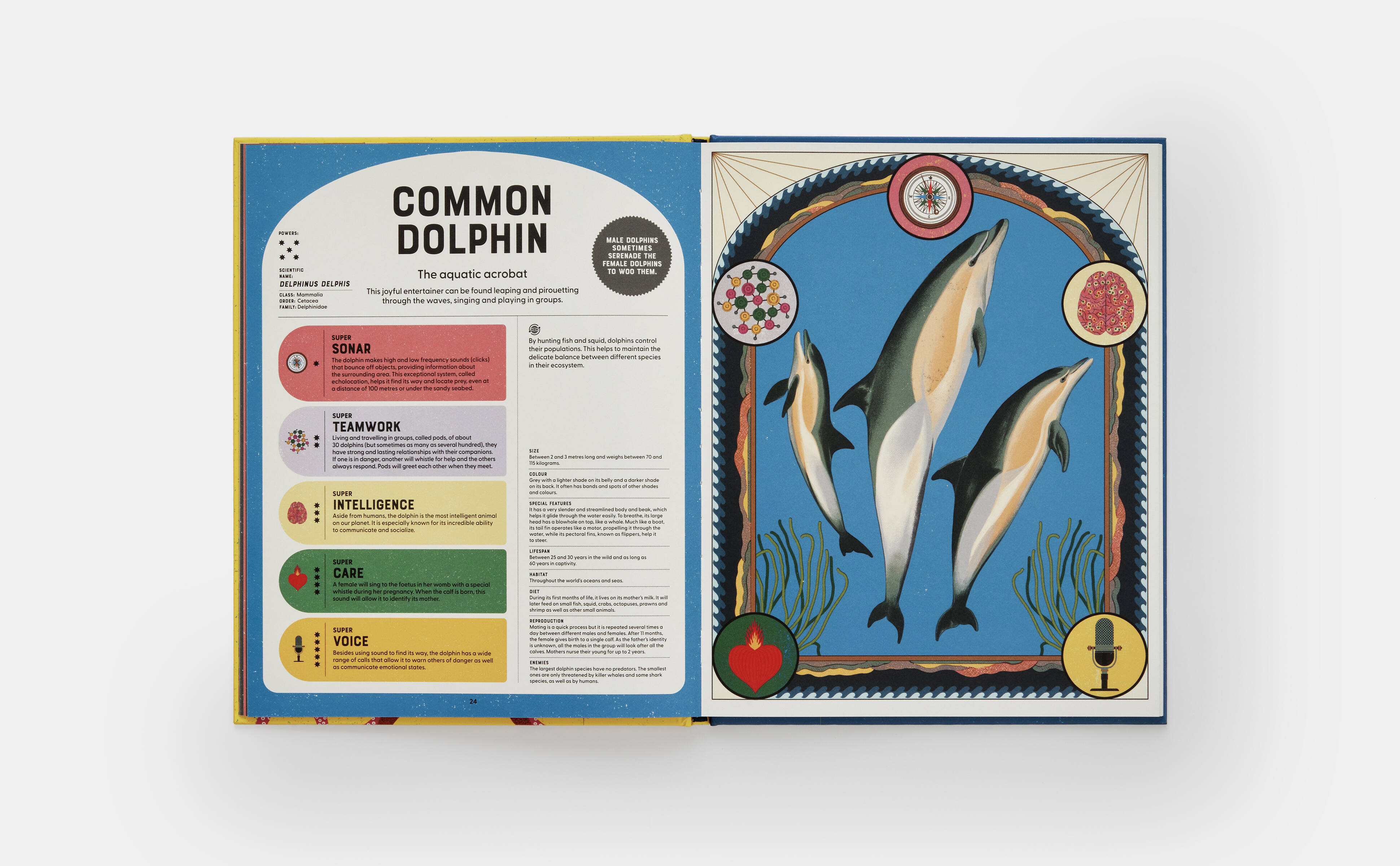
How would you describe the style of your children's illustrations and how does it differ from your wider work? In my work for adults, I use visual metaphors or symbolism that I don't usually use in my work for a children's audience. The illustrations I do for children's books are much more narrative. They are full of actions in which they can see themselves represented.

What gets your own creative mind working and how do you start? First of all, reading. I want to fully understand the subject I will illustrate. From there, I start making small sketches, doodles, nothing too neat, until I have a clear idea, a clear composition.
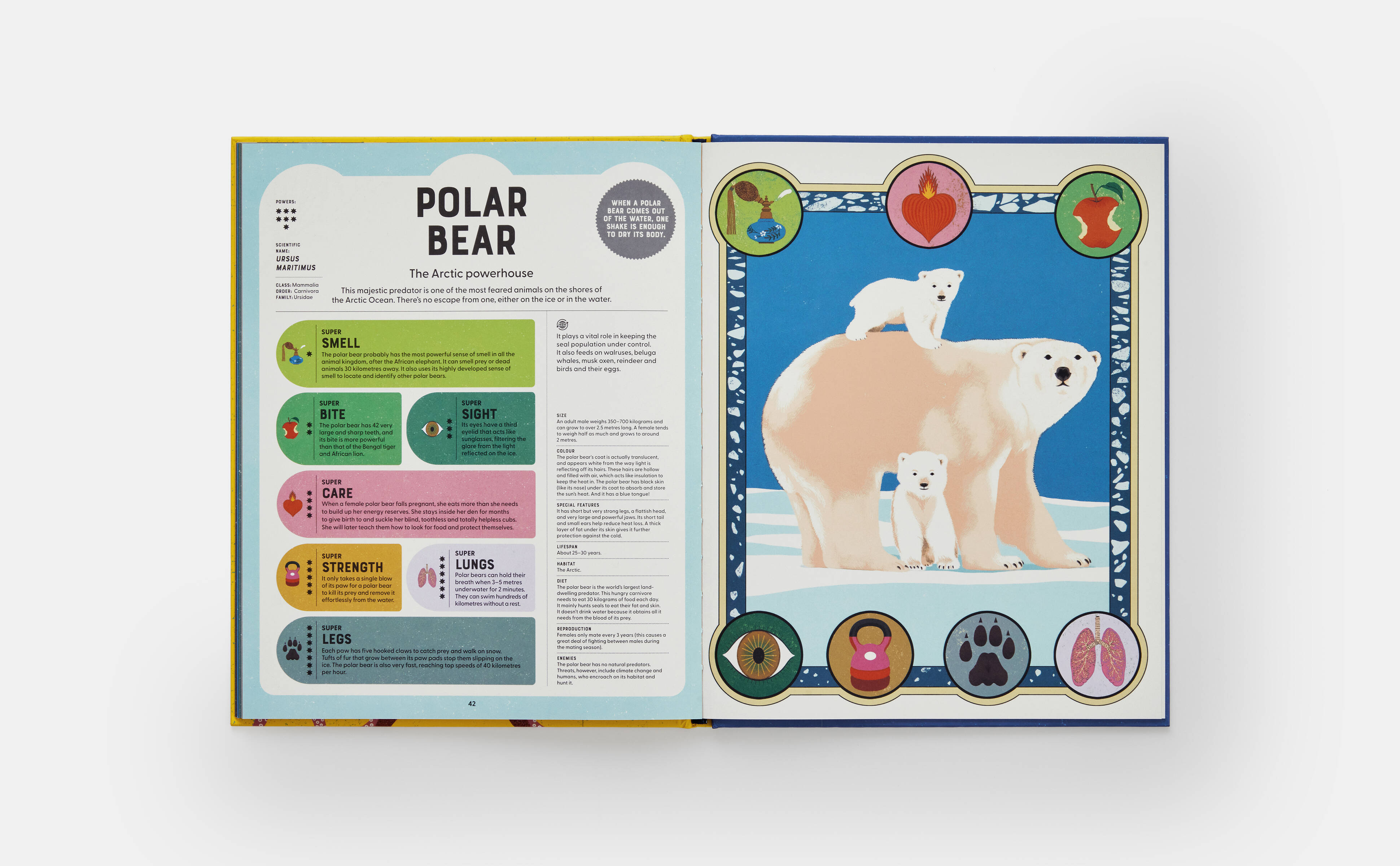
Who are your artist influences and what are the reference points that play into your work? There are many artists that interest me and serve as reference points. They can be dedicated to illustration or not. This question is always very difficult for me to answer!
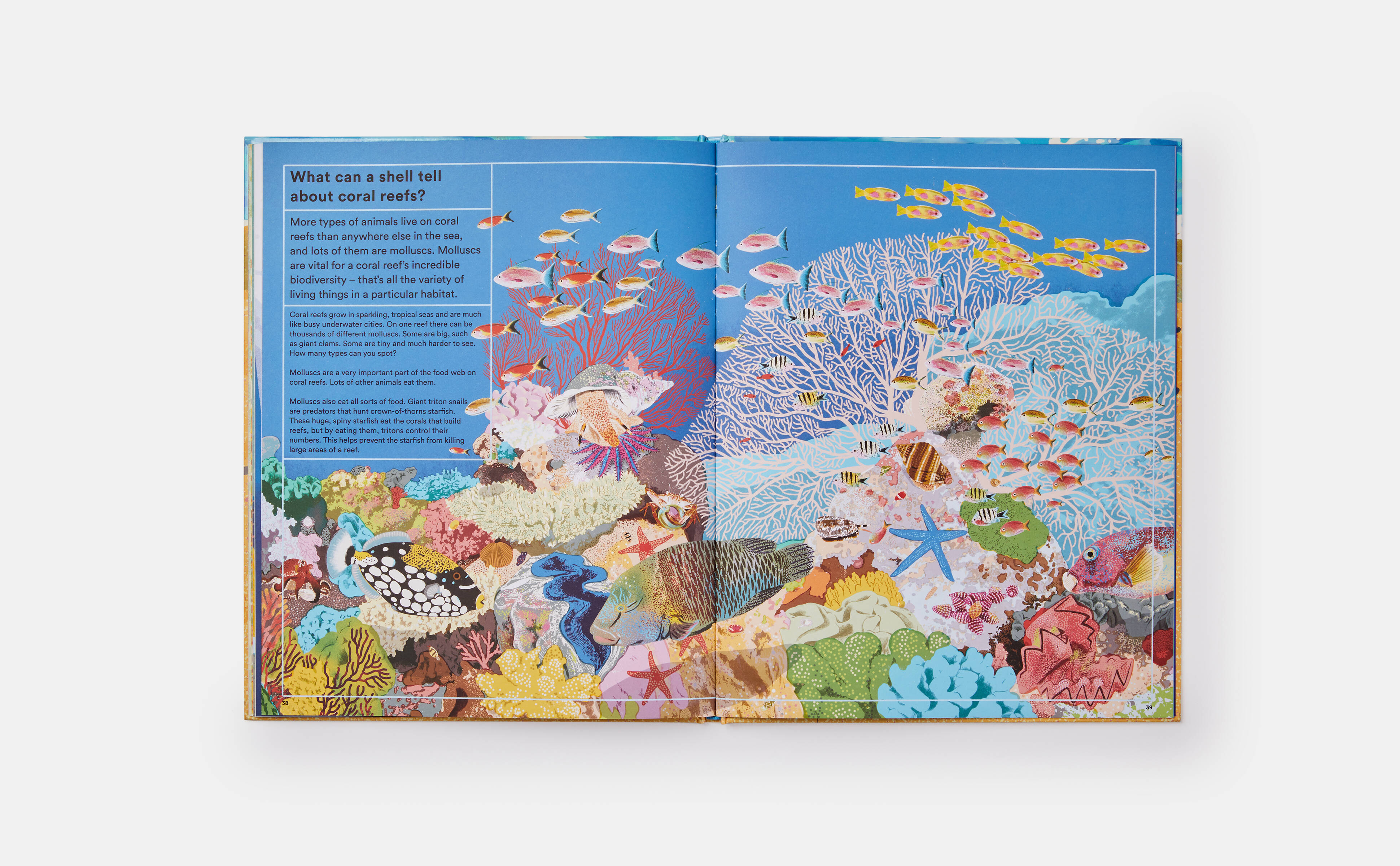
Buy Phaidon Kids books: Shells... and what they hide inside, What a Rock Can Reveal, What a Shell Can Tell, Superpowered Animals, and Superpowered Plants.